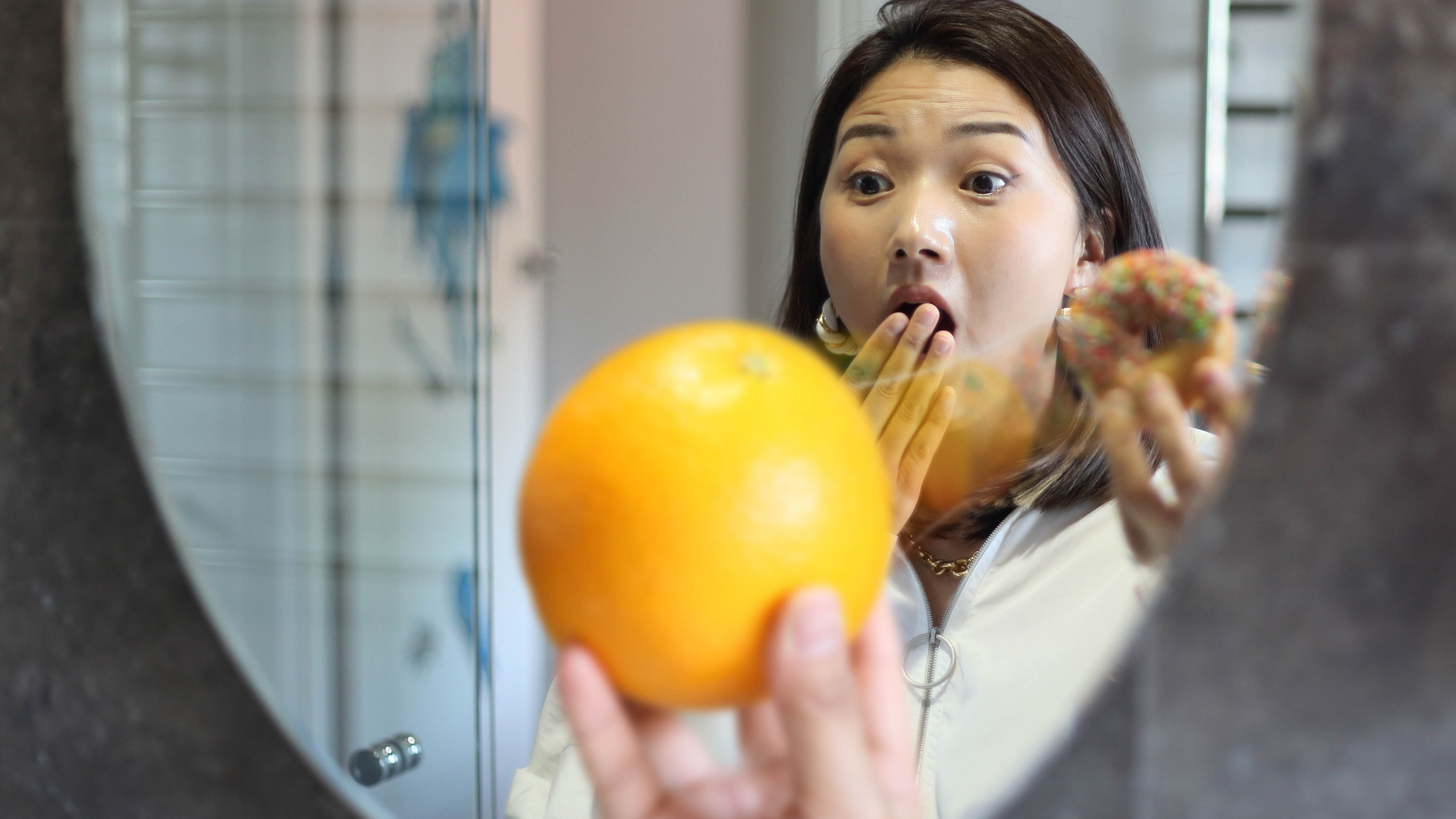News release
From:
Can a mirror turn an orange into a doughnut? The answer is definitely no in the real (macro) world. But at the nanoscale, a mirror can turn an “orange” shaped pattern into a “doughnut” shaped pattern by overlapping the “orange” with its reflected mirror image.
A team led by researchers from the University of Technology Sydney has shown for the first time that fluorescent nanoparticles placed near a mirror generate unique patterns that can be used to pinpoint their location.
The researchers attribute this effect to the light emitting nanoparticle’s interference with its own mirror image. Using this method they can also detect the size of particles to a resolution of one nanometre – or around 1/80,000th of the diameter of a human hair.
This breakthrough in ultra-sensitive measuring technology, published in Nature Communications, could have many applications including tracking and analysing disease causing viruses and other pathogens.
“When we look in a mirror it doesn’t change our physical shape, but that’s not the case with emission patterns of nanoparticles,” says leading co-author Dr Fan Wang from the UTS Institute for Biomedical Materials and Devices.
“If you put a nanoparticle in front of a mirror, it will change its image by itself, and the image shape reflects the spacing between the particle and the mirror. This is due to the phase difference between the emitter and its image,” he says.
The researchers describe this encoding of position information from a particle emission’s self-interference as the “SELFI effect”. The resulting patterns include Gaussian, doughnut and archery target shapes.
“To the best of our knowledge, the spatial distribution of the spontaneous emission’s SELFI from multiple emitters at the nanoscale has not been reported,” says leading co-author Distinguished Professor Dayong Jin.
“This SELFI leads to a fast, high-resolution and anti-drift sensing method to accurately resolve the position of a single nanoparticles,” he says.
The nanoparticles are doped with many rare-earth element ions to achieve the necessary luminescence to create an effective SELFI.
The authors note this new method is suitable for conventional widefield fluorescence microscopy setups without requiring system modification.
The open access article ‘Axial localization and tracking of self-interference nanoparticles by lateral point spread functions’ is published in Nature Communications.



 Australia; NSW
Australia; NSW



